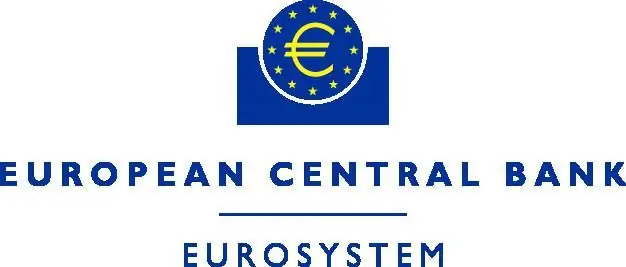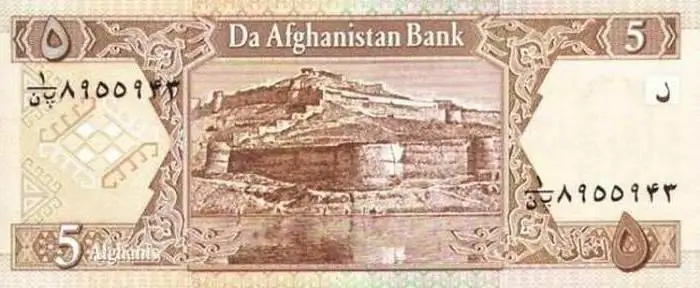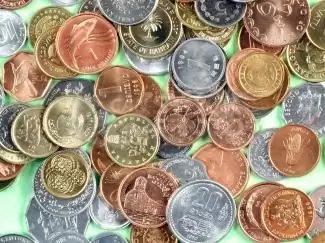2025 Author: Howard Calhoun | [email protected]. Last modified: 2025-01-24 13:10:26
M alta is an island state located in the central part of the Mediterranean Sea. A small but strategically important group of islands. The archipelago, throughout its long and turbulent history, played a vital role in the struggle for dominance in the Mediterranean and in the interaction between the emerging Europe and the older cultures of Africa and Central Asia. As a result, M altese society has been shaped by centuries of foreign rule by various powers, including Phoenicians, Romans, Greeks, Arabs, Normans, Sicilians, Swabians, Aragonese, Hospitallers, French and English.
Currently, the legal tender there is the euro. The history of the development of the monetary system on the island can be traced back two millennia. Before the euro, the currency of M alta was a variety of monetary units.

The appearance of the first money
In 218 B. C. e. The Carthaginians were the first to bring bronze coins to M alta. After the Romans conquered the island, local bronze money was minted based on Roman weight standards.
About 35 A. D. e. The inscription MELITAS (from M alta) first appeared on M altese coins. After the first century, there is no evidence of the issuance of Roman-M altese money, most likely they paid with Roman coin, common throughout the empire.
Between the collapse of the Roman Empire in 395 and the arrival of the Order of St. John in M alta in 1530, Arab (890 - 1090), Norman (1127 - 1194), Swabian (1194 - 1266), Angevin (1266) money were in circulation - 1283) and Aragonese (1284 - 1530). Although M altese coins from the medieval period are not known to be in public or private collections, references to them can be found in official documents.
From 1530 to 1798, the Order of Saint John had the right to mint their own money in M alta. Throughout his reign various gold (Zekkin), silver (Skud tal-Fidda) and copper coins were issued.
After the surrender of M alta to Napoleon in June 1798, the French confiscated almost all of the gold, silver and precious stones. During the blockade (until 1800), local currency was not minted, and the confiscated gold and silver were turned into ingots, which were stamped with their value. It was they who were in circulation during this period.
Using the pound

With the advent of the British protectorate in 1800, the M alta mint ceased to function. During the first 50 years of British rule, various foreign currencies were in circulation.
In 1855, British coins became the currencyM alta and were declared the only legal tender. But, despite this, until 1886, the main money used by the locals continued to be Sicilian dollars.
Although the currency of M alta was the pound sterling, due to concerns about the First World War, local official banknotes began to be printed from 1914. This first series did not last long, and in 1915 it was again replaced by British money, which was in circulation until 1949.
With the outbreak of World War II, on September 13, 1939, a law was passed allowing the M altese government to issue its own banknotes of 1 pound and less, which gradually came into circulation during 1940 - 1943. The problem of low denomination paper money was caused by the lack of metal for minting coins and the difficulty of getting British currency to M alta during the war. With the end of the war, these small notes became obsolete and fell into disuse, mainly due to the fact that the paper wore out too quickly, and they were again replaced by British coins, which continued to circulate as legal tender until 1972.
In 1949, M alta established a currency board and started issuing its banknotes again. The M altese pound was still pegged to the pound sterling and continued to do so until the end of the 1970s.
In 1972, M alta abandoned the British system of pounds, shillings and pence. The M altese currency was still the pound, and the first set of decimal coins was issued in eight denominations: 50c, 10c, 5c, 2c ofcopper-nickel alloy; 1c in bronze and 5, 3 and 2 pounds in aluminium.
New money

The Central Bank of M alta was established under the Central Bank Act 1967 and became operational on 17 April 1968. From that date, he took over the functions of the currency board and began to issue the national currency of M alta. In June 1968, took over the assets and liabilities of the Note Security Fund from the Currency Board.
The name M altese lira was not used on banknotes until 1973 and on coins until 1986.
Change money was issued in denominations of 1, 2, 5, 10, 25, 50 cents and 1 lira, and banknotes were issued in denominations of 2, 5, 10 and 20 lira.

Eurozone transition
In 2008, the island stopped using the lira. As a means of payment, their own euro coins were accepted with images of the coat of arms of the island, the M altese cross and the altar of the Mnajdra temple. There are eight coins in total: €2, €1, €0.50, €0.20, €0.10, €0.05, €0.02 and €0.01.
Currently, the exchange rate against the euro is 73.3 Russian rubles, 0.889 pounds sterling and 1.1655 US dollars.
Recommended:
Money of the countries of the European Union: interesting facts and the history of the emergence of a coin of 1 euro

Euro is the official currency of the European Union, which appeared not so long ago. The article will tell about the history of its appearance, and also pay special attention to the 1 euro coin: the features of minting in different countries, the quantity, as well as rare one euro coins. Funny incidents related to the coin of this particular denomination will also be given
NPF "European Pension Fund" (JSC): services, benefits. European Pension Fund (NPF): customer and employee reviews

“European” NPF: is it worth transferring savings to a fund with European standards? What do clients think of this fund?
Central European Bank (ECB). Functions of the European Central Bank

The European Central Bank (ECB) is the most independent bank in the world, which determines and implements monetary policy in the EU, is responsible for maintaining an optimal level of inflation and price stability
The currency of Afghanistan: the history of the currency. Curious information about the currency

Afghan currency Afghani has almost a century of history, which will be discussed in this material
What is a currency? Russian currency. Dollar currency

What is the state currency? What does currency turnover mean? What needs to be done to make the Russian currency freely convertible? What currencies are classified as world currencies? Why do I need a currency converter and where can I find it? We answer these and other questions in the article

